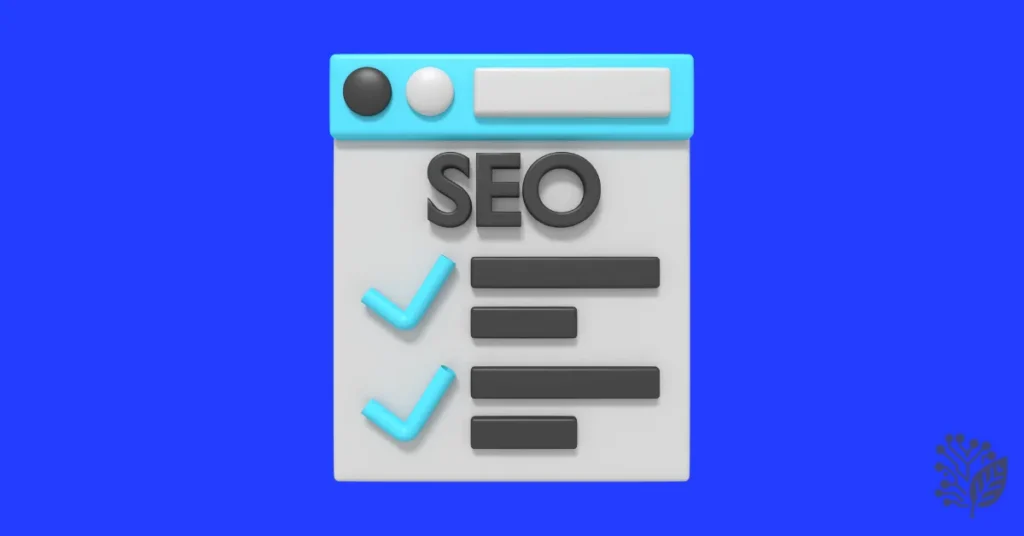If you’re looking to boost your rankings in 2025, mastering On Page SEO is absolutely essential. Whether you’re a seasoned SEO expert or just starting, the fundamentals of On Page SEO haven’t changed much, but they’re evolving with new Google updates and user behavior. In this comprehensive On Page SEO checklist, we’ll walk through the most important factors that can help you rank higher, drive traffic, and increase visibility on the search engine results page (SERP).
Let’s dive into what you need to focus on to ensure your website is fully optimized for search engines and, more importantly, for your audience.
1. Crafting High-Quality Content That Solves Problems

It all starts with content. Without high-quality, user-focused content, all the optimization in the world won’t make a difference. You should to make sure that your content solves real problems for your audience. Google’s algorithms favor content that directly addresses user queries with clear, relevant answers.
What to Focus On:
- Start by finding the most relevant keywords that resonate with your target audience. Use tools like Google Keyword Planner or Moz Keyword Explorer to find terms with decent search volume and low competition.
- Solve User Intent: Whether someone is looking for an answer to a question, a product to buy, or simply more information, your content must align with their search intent.
2. Optimizing Your Title Tags for Better Click-Through Rates (CTR)

The title tag is often the first thing both search engines and visitors encounter when they come across your page. This is essential to create a meta title that not only includes your focus keyword but also entices users to click.
Pro Tips:
- Keyword Placement: Place your primary keyword near the beginning of the title for maximum impact.
- Be Clear and Engaging: A clear and concise title with a compelling reason for users to click will improve your click-through rates (CTR).
- Keep it Under 60 Characters: This ensures your title doesn’t get cut off in search results.
Check out our On Page SEO Guide for more in-depth tips on title tag optimization.
3. Creating a User-Friendly URL Structure

URLs might seem like a small detail, but they play a significant role in both SEO and user experience. A easy, organized URL structure helps Google crawl your site efficiently and makes it easier for users to find their way around.
URL Best Practices:
- Keep It Short: URLs should be easy to read and contain only the most important keywords.
- Avoid Special Characters: Stick to hyphens (-) to separate words, not underscores (_) or other characters.
- Use Descriptive Words: Make sure the URL clearly reflects the content of the page.
For a detailed guide on URL optimization, check out our post on Permalink Structures.
4. Properly Using Header Tags (H1, H2, H3)
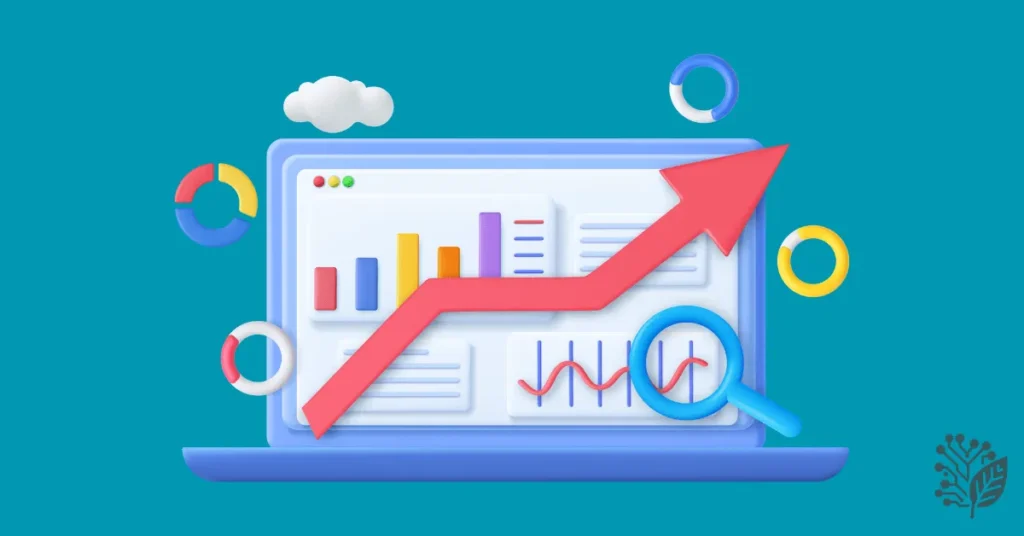
Header tags are not just for organizing content—they also tell search engines what’s important on the page. Proper use of H1, H2, and H3 tags ensures your content is well-structured and easy to read for both users and search engines.
What to Do:
- Use One H1 Tag: This should be reserved for the page’s main title, which should include your focus keyword.
- Break Content with H2 and H3 Tags: Use these to break down your content into digestible sections.
Not only does this improve the readability of your content, but it also boosts your SEO efforts.
To further enhance your On Page SEO, explore our article on Header Tags Optimization.
5. Optimize Images for Speed and SEO

Images are an essential part of your website, but they can also slow down load times if not optimized correctly. Speed is a ranking factor, so make sure to optimize your images to ensure they load fast without losing quality.
Image Optimization Tips:
- Optimize your images by using tools such as TinyPNG or ImageOptim to shrink file sizes while maintaining image quality.
- Use Descriptive Alt Text: Every image should have alt text that describes it accurately and includes your target keywords when appropriate.
Check out our guide to Image Optimization for more details.
6. Internal Linking to Boost SEO and Usability
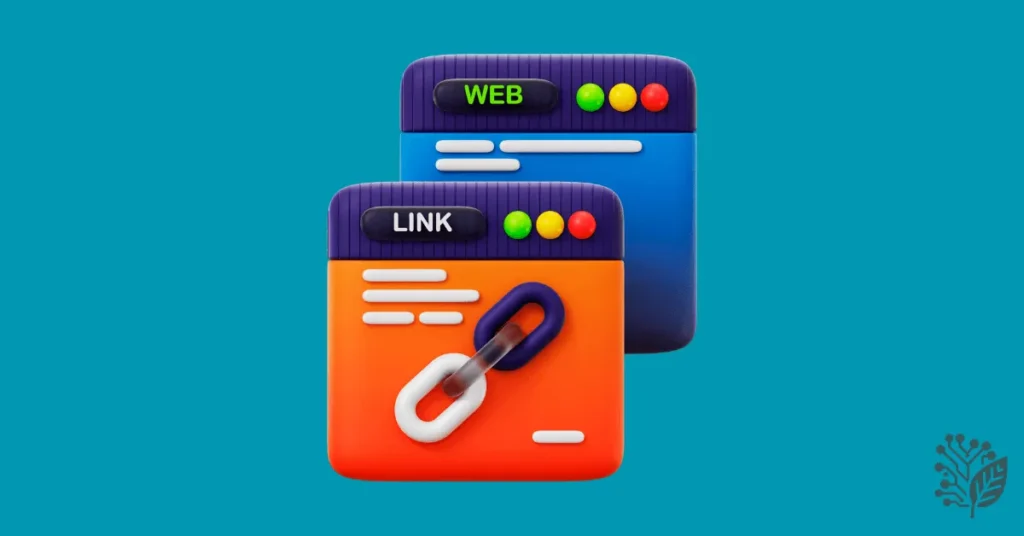
Internal linking is one of the easiest ways to improve On Page SEO. By linking to relevant pages within your site, you help search engines crawl your website more effectively and create a better experience for your users.
Why Internal Links Matter:
- Internal links play a key role in helping search engines find and index additional pages across your website.
- Reduced Bounce Rate: By directing users to related content, you can keep them engaged on your site longer.
An effective internal linking technique is crucial for building a powerful SEO foundation. Check out our Internal Linking Guide for more strategies.
7. Mobile Optimization: Essential for 2025
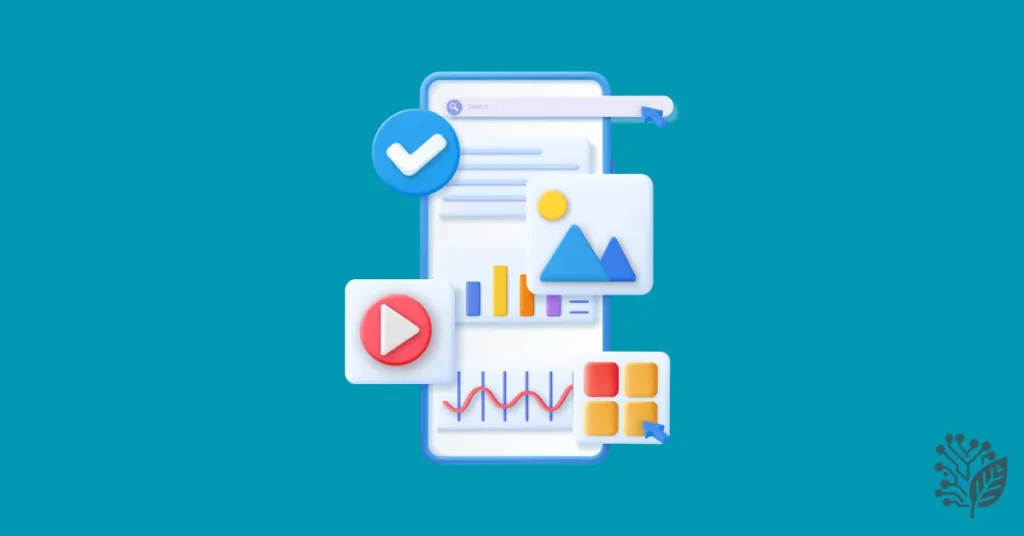
In 2025, mobile optimization is non-negotiable. Thanks to mobile-first indexing, Google now gives preference to the mobile version of your site when determining rankings. Your website should be fully responsive and optimized for mobile devices and tablets.
How to Optimize for Mobile:
- Responsive Design: Your site should adjust seamlessly to all screen sizes, from desktops to smartphones.
- Mobile Speed: Make sure your pages load quickly on mobile devices. You can test mobile speed with Google PageSpeed Insights.
8. Improve Your Site’s Speed
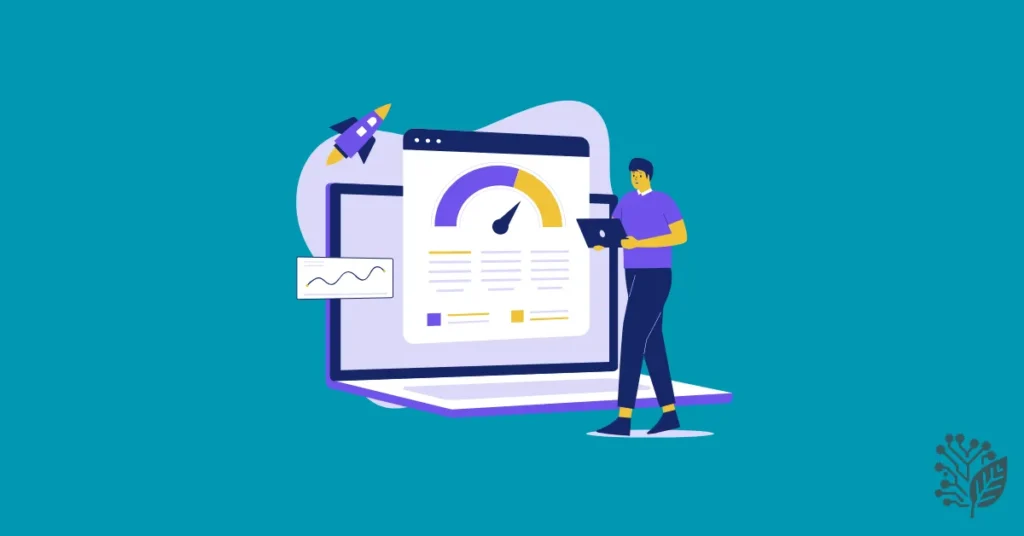
Website speed plays a vital role in both user experience and search engine optimization (SEO). If your website takes too long to load, visitors will leave before they even see your content, which can increase your bounce rate and negatively affect your rankings.
How to Improve Speed:
- Use Caching: Enable browser caching to reduce load times for returning visitors.
- Minimize JavaScript and CSS Files: Use tools like GTmetrix to analyze and optimize your site speed.
Our Speed Optimization Guide covers more tips to ensure your site runs fast.
9. Leverage Schema Markup for Rich Snippets
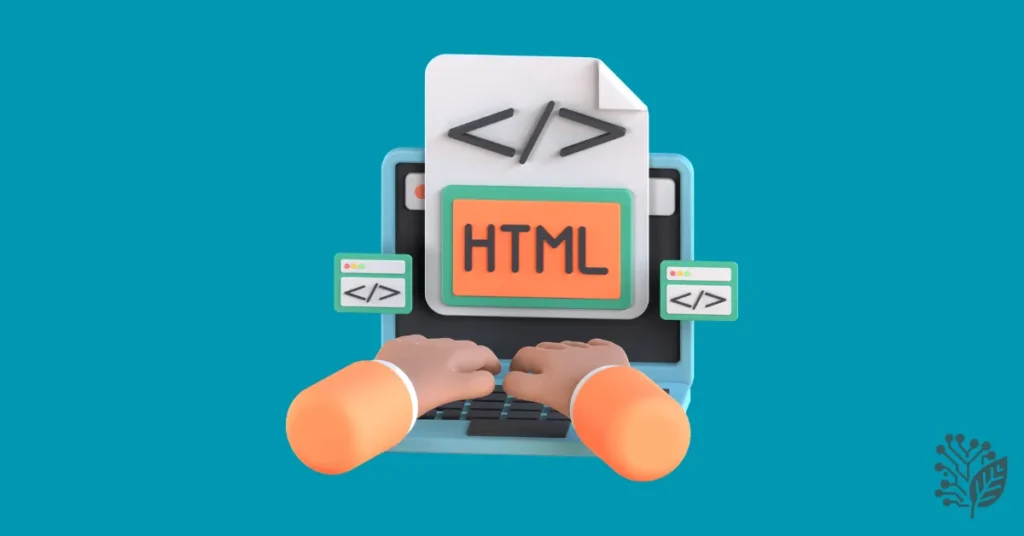
Schema markup is a powerful way to enhance your On Page SEO. It helps search engines understand the context of your content and can lead to rich snippets in search results, giving you a competitive edge.
How to Use Schema:
- Pick the Right Schema: Choose from various types like Article, FAQ, or Recipe based on your content.
- Validate Your Schema: Use tools like Google’s Structured Data Testing Tool to ensure your markup is error-free.
10. Monitor and Track Your SEO Progress
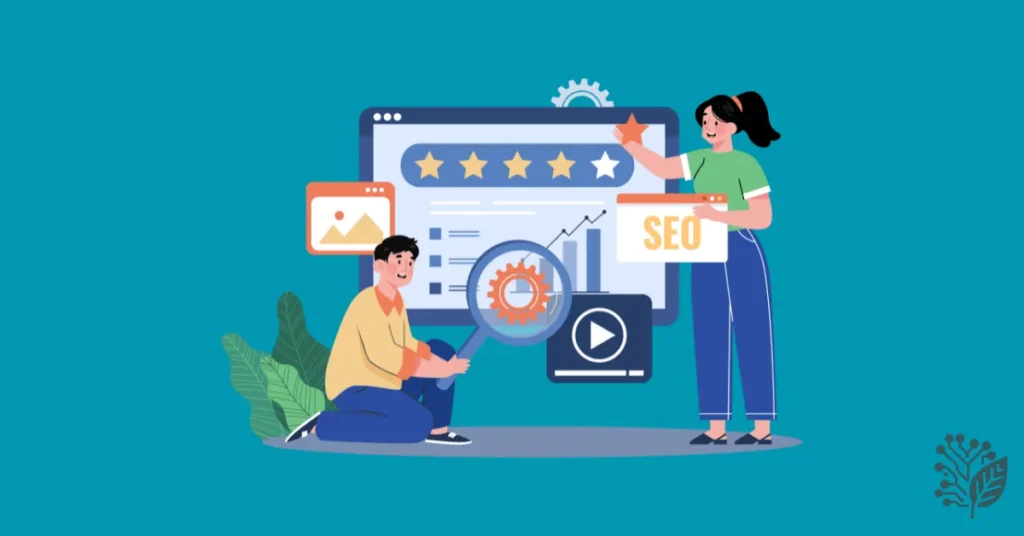
The final step in any SEO strategy is monitoring your results. SEO is a long-term effort, and tracking your progress ensures you stay on the right path.
Tools for Tracking:
- Google Analytics: Monitor user behavior and page performance.
- SEMrush: Track keyword rankings and backlinks to gauge your SEO performance.
Check out our guide on Technical SEO for more tracking tips.
Final Thoughts
By following this On Page SEO checklist for 2025, you’ll be well on your way to achieving better rankings, more traffic, and a smoother user experience. SEO is a continual process, so stay updated with the latest best practices, and make sure to regularly review your content and strategy.
For further help, explore our resources on Technical SEO, Speed Optimization, Schema Markup and On Page SEO Techniques.
By putting in the effort to optimize your site for both search engines and users, you’ll set your website up for long term success.
FAQs
What is an on-page in SEO?
On-page SEO, or on-site SEO, involves optimizing individual webpages to enhance a website’s visibility on search engines and attract organic traffic. Beyond creating valuable, relevant content, on-page SEO also includes refining elements like titles, meta descriptions, headers, and image optimization.
What does onsite SEO mean?
On-page SEO focuses on optimizing the various elements within a website itself (unlike off-page SEO, which deals with external factors like backlinks) to improve rankings and attract more targeted traffic from search engines.
What is the difference between On Page SEO and Off Page SEO?
On-page SEO ensures your site is well-optimized, user-friendly, and relevant, while off-page SEO builds credibility and authority through external validation like backlinks and social signals. Integrating both creates a balanced approach, helping you rank higher in search results and attract consistent traffic.
What is on-page SEO vs local SEO?
The distinction lies in the scope: traditional SEO aims to boost your site’s visibility on a broader, national or global level, while local SEO targets enhancing your presence in localized search results. Both approaches share many similar strategies.




